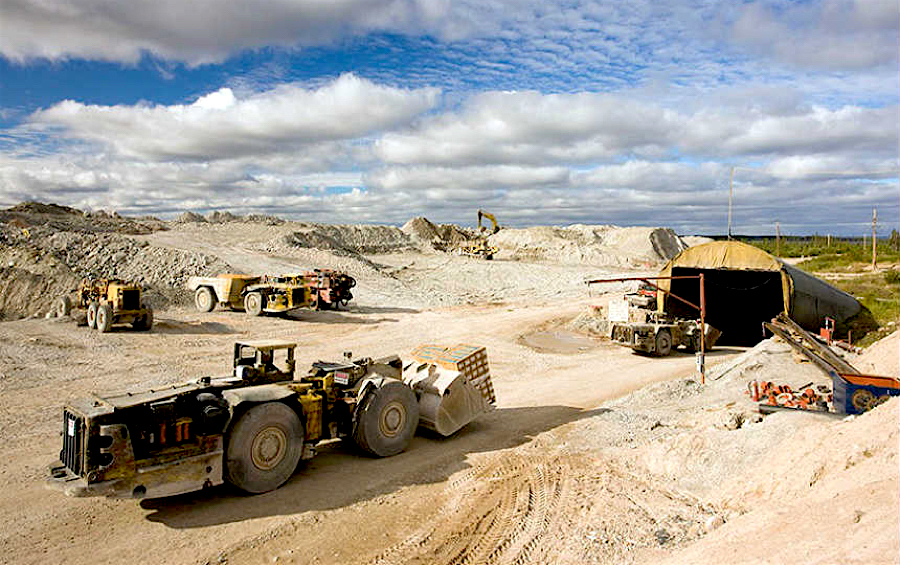
Contrary to popular belief, extracting and processing uranium produces only a small fraction of greenhouse gases for the amount of energy generated, at least at those operations based in Canada’s Saskatchewan, researchers have found.
According to the study, supported by the Sylvia Fedoruk Canadian Centre for Nuclear Innovation at the University of Saskatchewan (U of S), mining and milling of uranium contributes about a gram of greenhouse gases (as CO2 equivalents) per kilowatt-hour of power that comes from that uranium.
Mining and milling uranium contributes very few greenhouse gases to the total emissions produced by nuclear power generation, study shows.
That accounts for less than 10% of the 12 grams of CO2 emissions per kilowatt hour produced by nuclear power, the study says. By comparison, coal produces over 800 grams of CO2 equivalent per kilowatt hour, and natural gas about 500 grams, according to the 2014 U.N. Intergovernmental Panel on Climate Change.
“This is the first rigorous look at greenhouse gas emissions from uranium mining and milling in Saskatchewan,” U of S engineering graduate student and author of the paper David Parker said in a statement. “And it’s more detailed than the few studies that have been done before.”
The study, based on information from Cameco Corp. and Areva Resources Canada Inc., as well as other sources, has been published in the peer-reviewed journal Environmental Science and Technology.